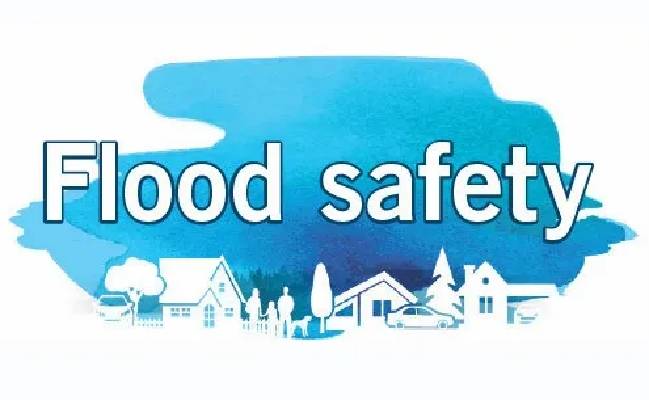Staying Safe During a Flood
February 26, 2019//Comments Off on Staying Safe During a Flood
Flooding is a temporary overflow of water into land that is normally dry. It is the most common natural disaster in the U.S. Flooding can result from rain, snow, coastal storms, storm surge and overflows of dams and other water systems. Flooding can develop slowly or quickly. Flash floods can come without warning. Floods can cause outages, disrupt transportation, damage buildings, and create landslides.
If you are under a flood warning, find safe shelter right away. Failing to evacuate flooded areas, entering flood waters, or remaining after a flood has passed can result in injury or death.
Staying safe during a flood:
- Depending on where you are, and the impact and warning time of flooding, go to the safe location that you have identified.
- If told to evacuate, do so immediately. Never drive around barricades. Local responders use them to safely direct traffic out of flooded areas.
- Listen to EAS, NOAA Weather Radio, or local alerting systems for current emergency information and instructions.
- Do not walk, swim, or drive through flood waters. Turn around. Just six inches of fast-moving water can know you down, and one foot of moving water can sweep your vehicle away.
- Stay off of bridges over fast-moving water. Fast-moving water can was bridges away without warning.
- If your vehicle is trapped in rapidly moving water, stay inside. If the water is rising inside the vehicle, seek refuge on the roof.
- If trapped in a building, go to its highest level. Do not climb into a closed attic. You may become trapped by rising floodwater. Go on the roof only if necessary. Signal for help.
Take an active role in your safety.
Go to: ready.gov and search for flood.
Posted in Flood, Preparedness

